
Embarking on the journey of large - scale vegetable gardening is an exciting venture that promises a bountiful harvest from spring through fall. Our comprehensive vegetable garden plan is carefully crafted to incorporate a diverse mix of cold - season and warm - season vegetables, ensuring a continuous supply of fresh produce throughout the growing year.
Spring is the perfect time to kickstart your garden with cold - season vegetables. These hardy plants can withstand the cooler temperatures and shorter days of early spring. Lettuce, for example, is a versatile and fast - growing leafy green that comes in various varieties such as romaine, butterhead, and loose - leaf. It can be sown directly into the soil as soon as the ground can be worked. Spinach is another excellent choice. Rich in iron and vitamins, spinach thrives in the cool spring weather. You can plant it in rows or in clusters, and it will be ready for harvest in just a few weeks.
Radishes are also a staple in the spring garden. They are one of the quickest vegetables to grow, often ready to be pulled from the ground within 3 - 4 weeks. Their peppery flavor adds a nice crunch to salads. Additionally, peas are a classic spring vegetable. Whether you choose snow peas, snap peas, or shelling peas, they all require a trellis or some form of support to climb. Peas not only taste great but also fix nitrogen in the soil, which is beneficial for the other plants in your garden.
As the weather warms up and the threat of frost has passed, it's time to introduce warm - season vegetables to your garden. Tomatoes are a favorite among gardeners. There are countless varieties to choose from, including cherry tomatoes, beefsteak tomatoes, and heirloom tomatoes. Tomatoes need plenty of sunlight, well - drained soil, and support such as cages or stakes to grow properly. They are heavy feeders, so regular fertilization is essential for a good harvest.
Peppers are another warm - season staple. Bell peppers come in a rainbow of colors, from green to red, yellow, and orange. Hot peppers like jalapeños and habaneros add a spicy kick to your dishes. Peppers require warm soil and consistent moisture. They should be planted in a sunny spot in your garden and spaced adequately to allow for proper air circulation.
Cucumbers are also well - suited for the warm months. They can be grown on the ground or trained to climb a trellis. Cucumbers are great for making pickles or adding to salads. Squash, both summer and winter varieties, is a productive addition to the garden. Summer squash like zucchini grows quickly and can produce an abundance of fruit. Winter squash, such as butternut and acorn squash, takes longer to mature but stores well for the winter months.
To make the most of your large - scale vegetable garden, proper planning and organization are key. Start by mapping out your garden beds. Consider the height and spread of each plant when deciding where to place them. Taller plants should be placed towards the back of the bed to avoid shading shorter plants. You can also use companion planting techniques. For example, planting basil near tomatoes can enhance the flavor of the tomatoes and repel pests. Marigolds are known to deter nematodes and other harmful insects, so planting them throughout your garden can be beneficial.
Watering is crucial for the health of your plants. A drip irrigation system is an efficient way to ensure that your plants receive a consistent supply of water. It also helps to prevent water waste and reduces the risk of plant diseases caused by overhead watering. Mulching your garden beds can also help conserve moisture, suppress weeds, and regulate soil temperature. Organic mulches such as straw, shredded leaves, or grass clippings are great options.
Regular maintenance is necessary to keep your garden thriving. This includes weeding, pruning, and monitoring for pests and diseases. Hand - pulling weeds is an effective way to keep them under control, especially in the early stages of your garden. Pruning can help improve the airflow around your plants and promote better fruit production. Inspect your plants regularly for signs of pests such as aphids, caterpillars, or whiteflies. There are many natural pest control methods available, such as using insecticidal soaps, neem oil, or introducing beneficial insects like ladybugs and lacewings.
Harvesting your vegetables at the right time is essential for the best flavor and quality. For example, lettuce should be harvested when the leaves are young and tender. Tomatoes are ready to be picked when they are fully colored and slightly soft to the touch. Peppers can be harvested at different stages of ripeness depending on your preference. By following our large - scale vegetable garden plan and implementing these best practices, you can enjoy a delicious and rewarding harvest from spring to fall.

The Secret to Squirrel - Free Potted Plants
The Secret to Squirrel - Free Potted Plants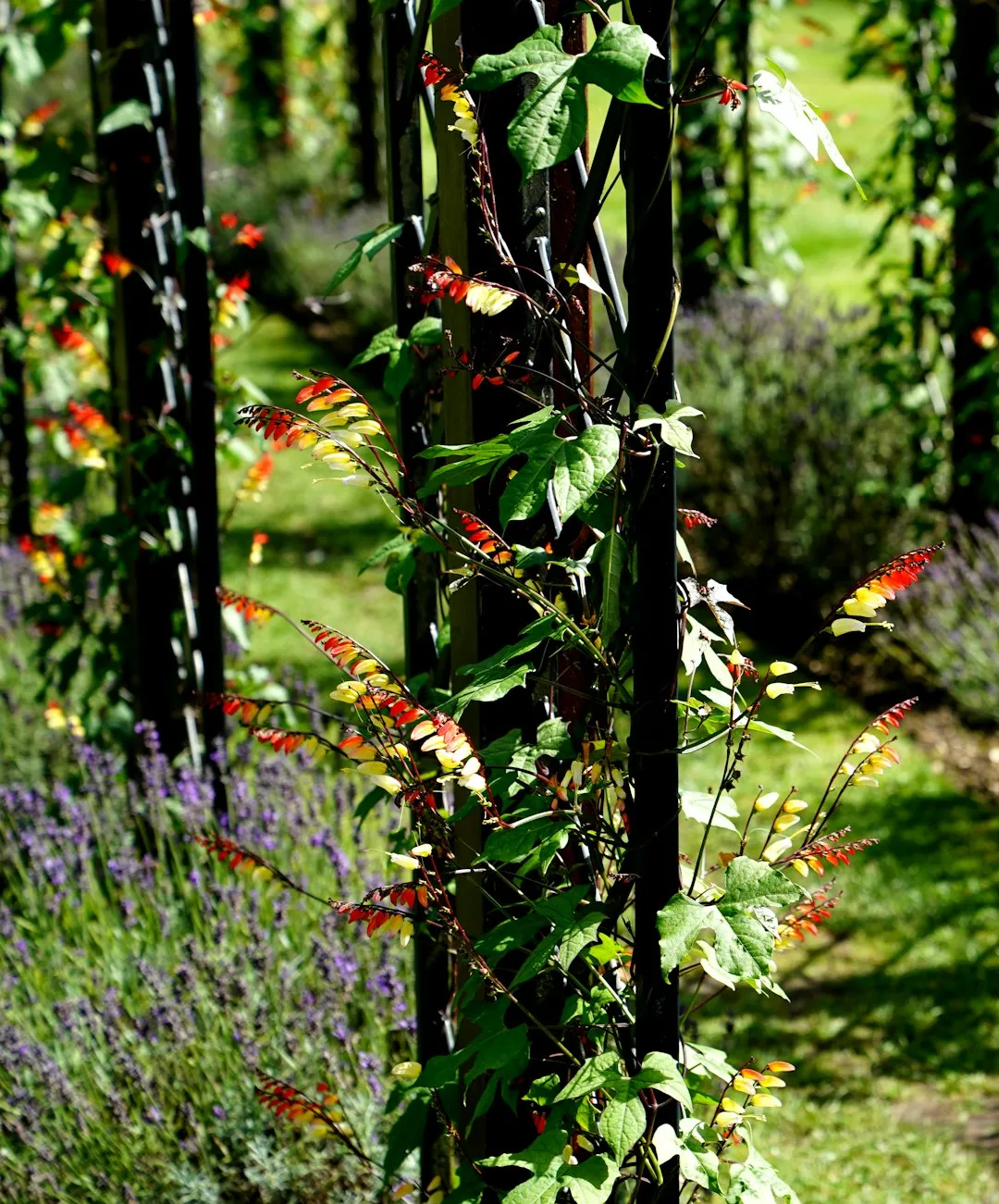
Sweet Rewards: Cultivating Berries in Containers
Sweet Rewards: Cultivating Berries in Containers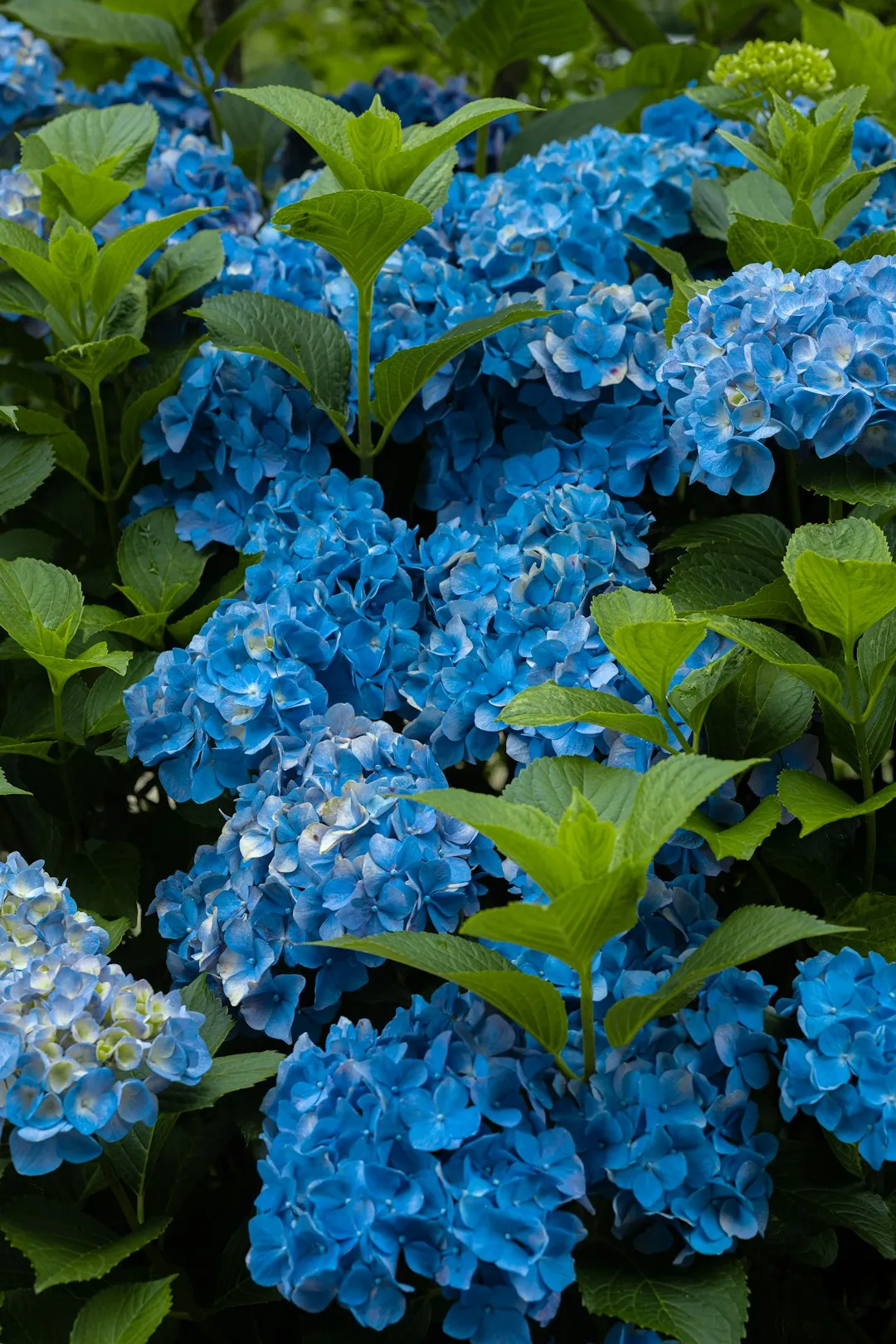
Unveiling the Secrets of a Stunning Lawn
Unveiling the Secrets of a Stunning Lawn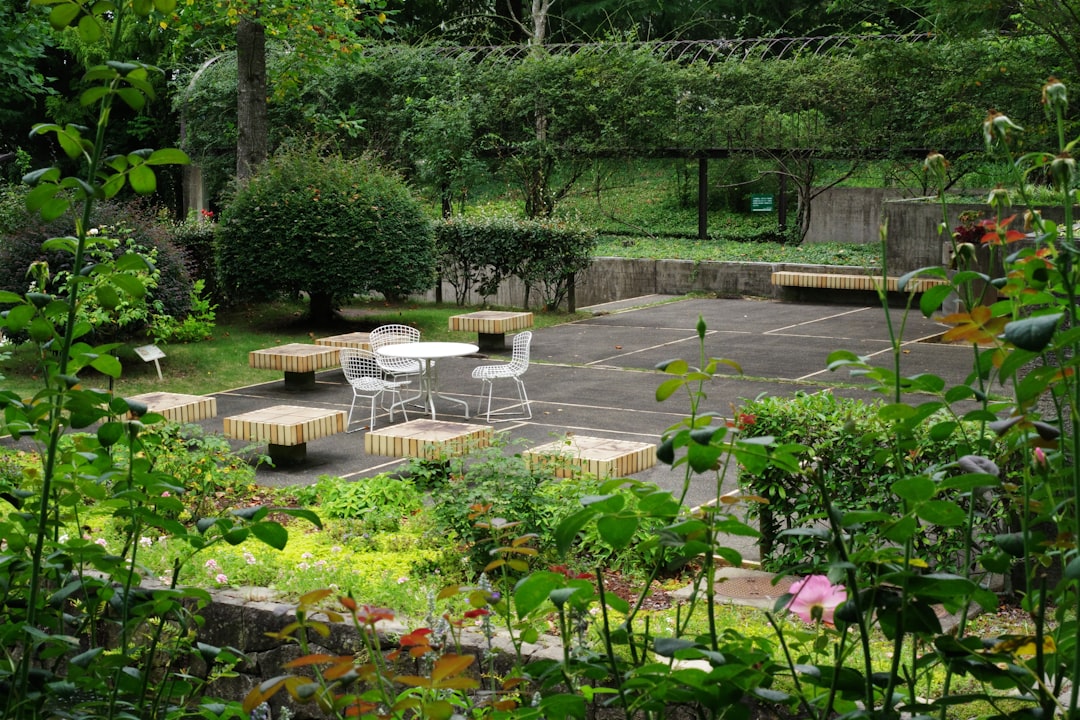
Fall Lawn Maintenance: The Key to a Healthy Yard in Winter
Fall Lawn Maintenance: The Key to a Healthy Yard in Winter
The Secret to Soil Amendment Without Uprooting Your Plants
The Secret to Soil Amendment Without Uprooting Your Plants
Unleash Your Garden's Potential: The Art of Seed Collection
Unleash Your Garden's Potential: The Art of Seed Collection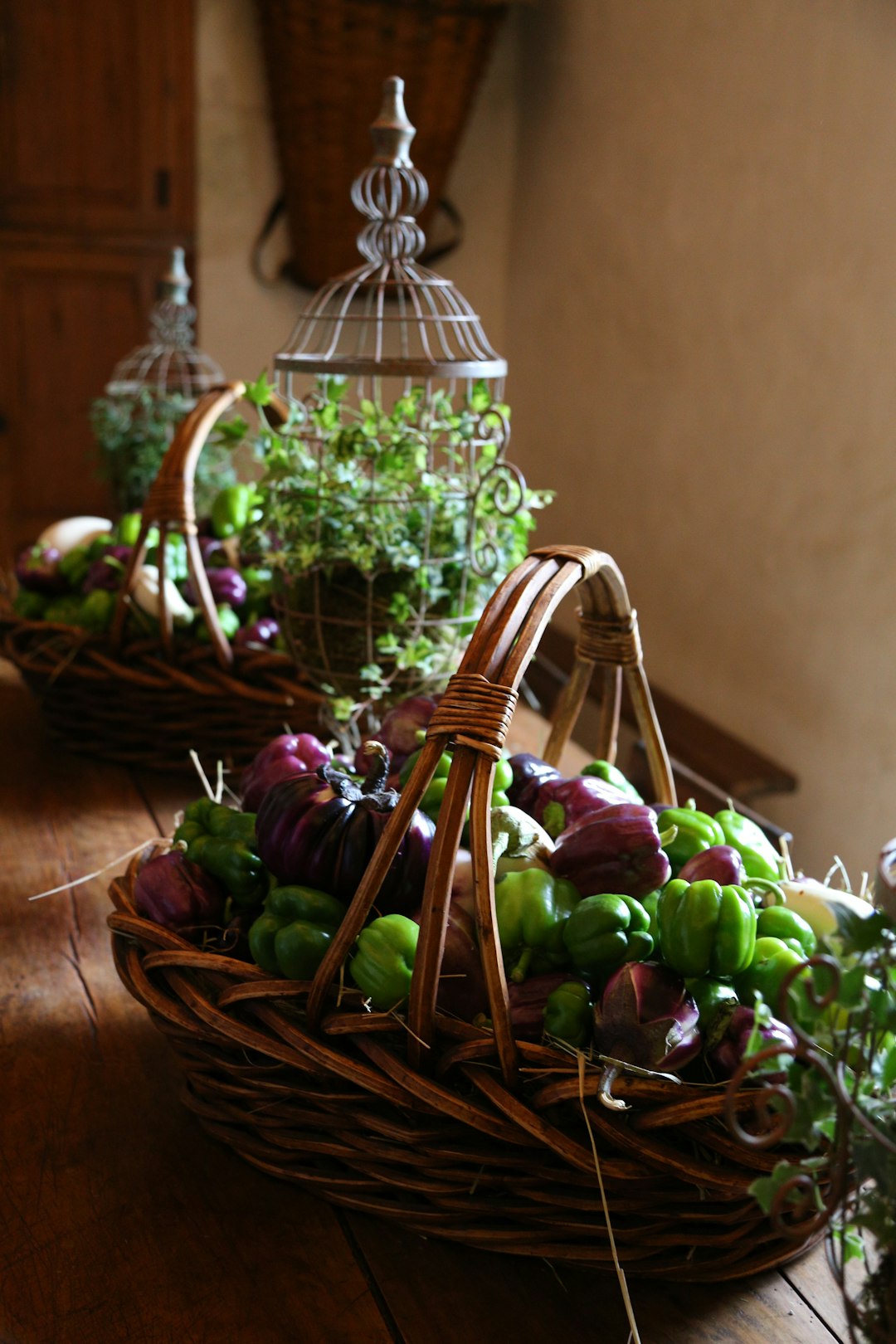
Pre - Summer Yard Care Essentials
Pre - Summer Yard Care Essentials
Weathering the Storm: Nurturing Your Garden in Extreme Conditions
Weathering the Storm: Nurturing Your Garden in Extreme Conditions
Summer Pruning: The 10 Flowering Plants to Leave Alone
Summer Pruning: The 10 Flowering Plants to Leave Alone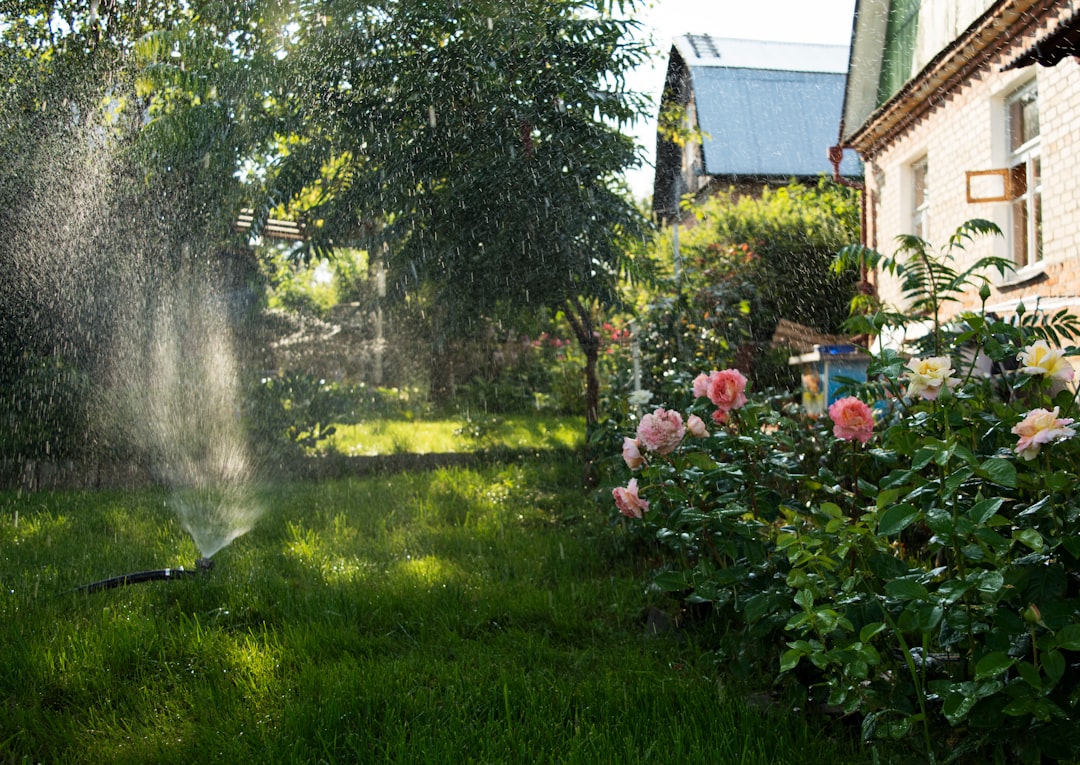
Unveiling the Hidden Gems of Perennial Gardening
Unveiling the Hidden Gems of Perennial Gardening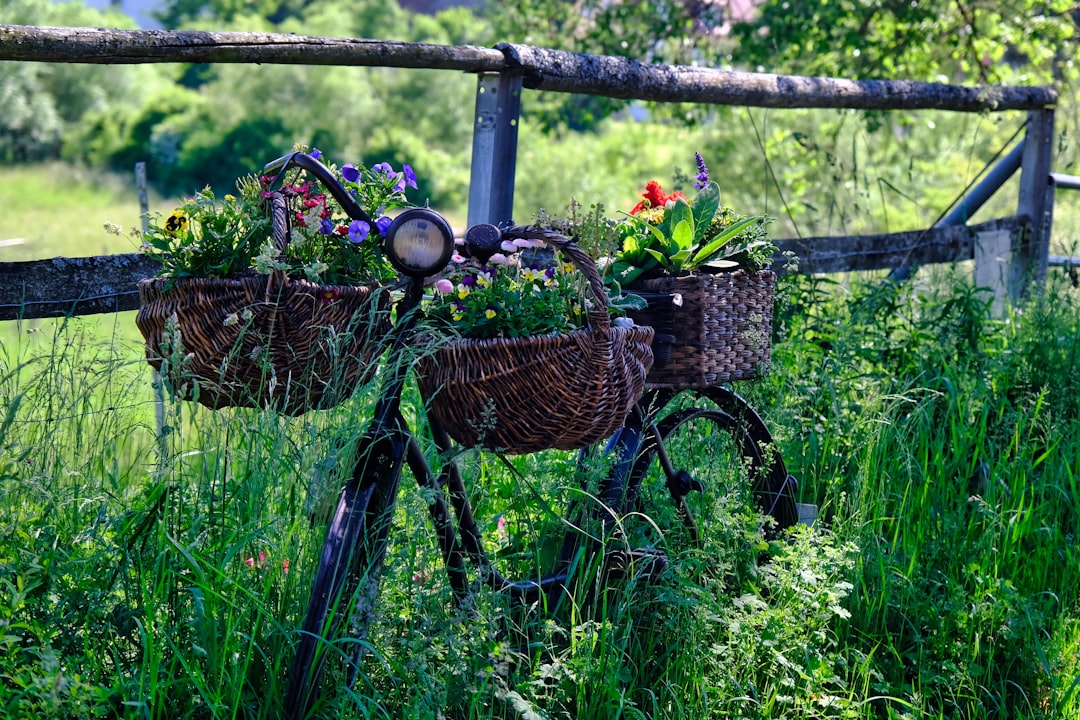
Unleashing the Beauty of Perennial Black - Eyed Susans in Your Garden
Unleashing the Beauty of Perennial Black - Eyed Susans in Your Garden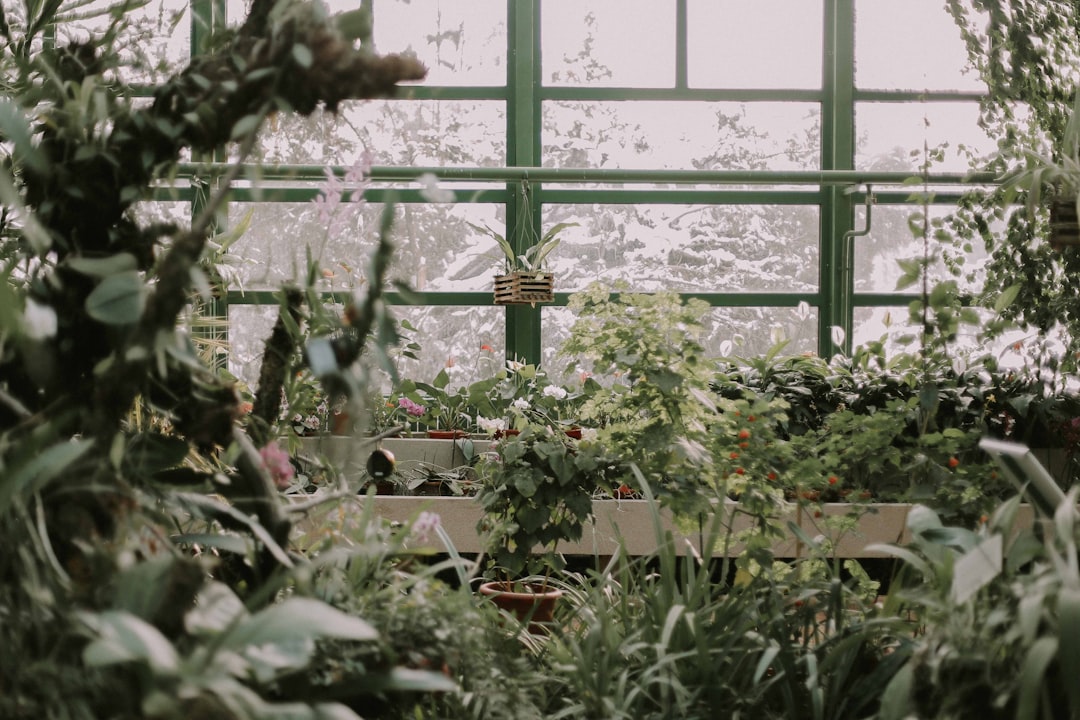
Unveiling the Secrets of Trillium Growth
Unveiling the Secrets of Trillium Growth
The All - Season Charm of Sedum Plants
The All - Season Charm of Sedum Plants
Banishing Snakes from Your Yard: Simple Solutions
Banishing Snakes from Your Yard: Simple Solutions
Secrets to a Bug - Free Garden: Conquering Squash Bugs Naturally
Secrets to a Bug - Free Garden: Conquering Squash Bugs Naturally
Transform Your Yard: Banish Crabgrass for Good
Transform Your Yard: Banish Crabgrass for Good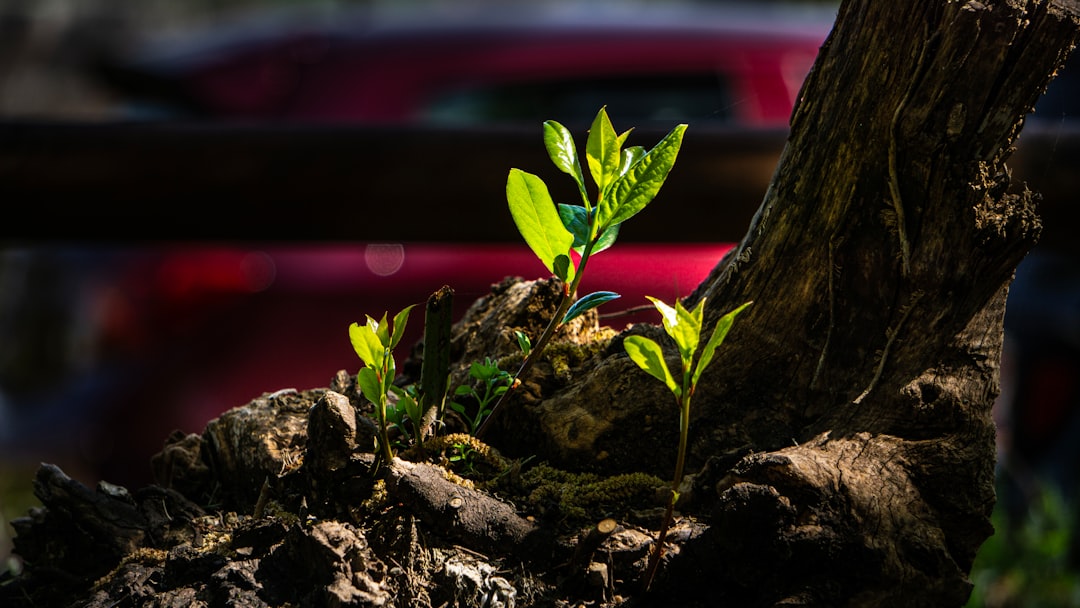
Unveiling the Wonders of a Low - Sun Garden
Unveiling the Wonders of a Low - Sun Garden
Unleash Your Garden's Potential: The Magic of Lasagna Gardening
Unleash Your Garden's Potential: The Magic of Lasagna Gardening
Unveiling the Mysteries of Lunar Gardening
Unveiling the Mysteries of Lunar Gardening
Unleash Your Inner Herbalist: A Guide to Indoor Herb Gardening
Unleash Your Inner Herbalist: A Guide to Indoor Herb Gardening